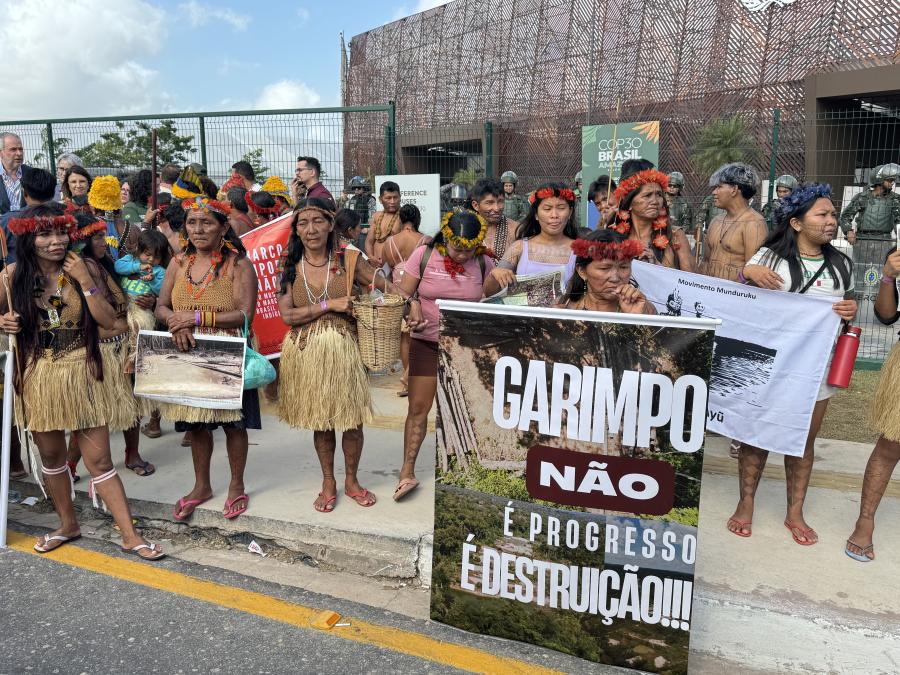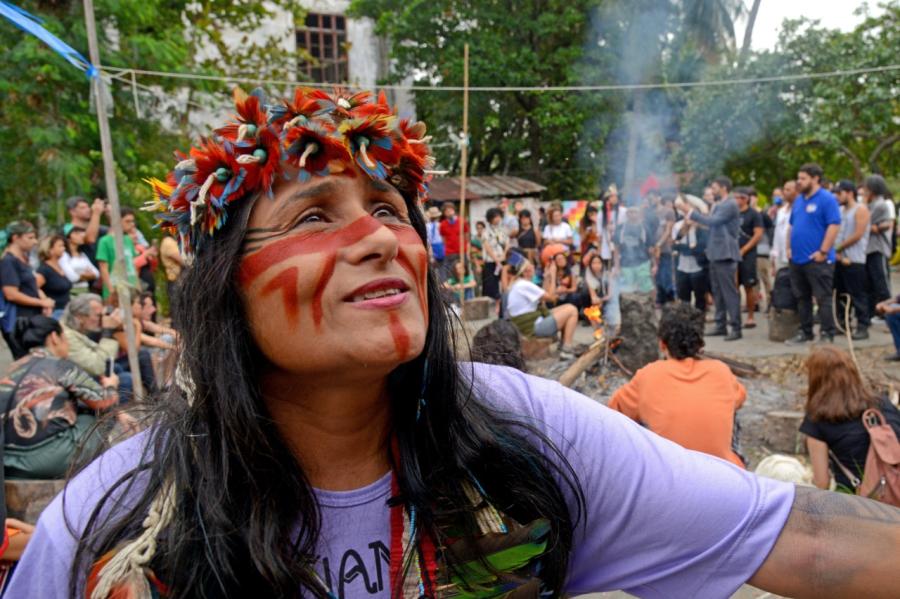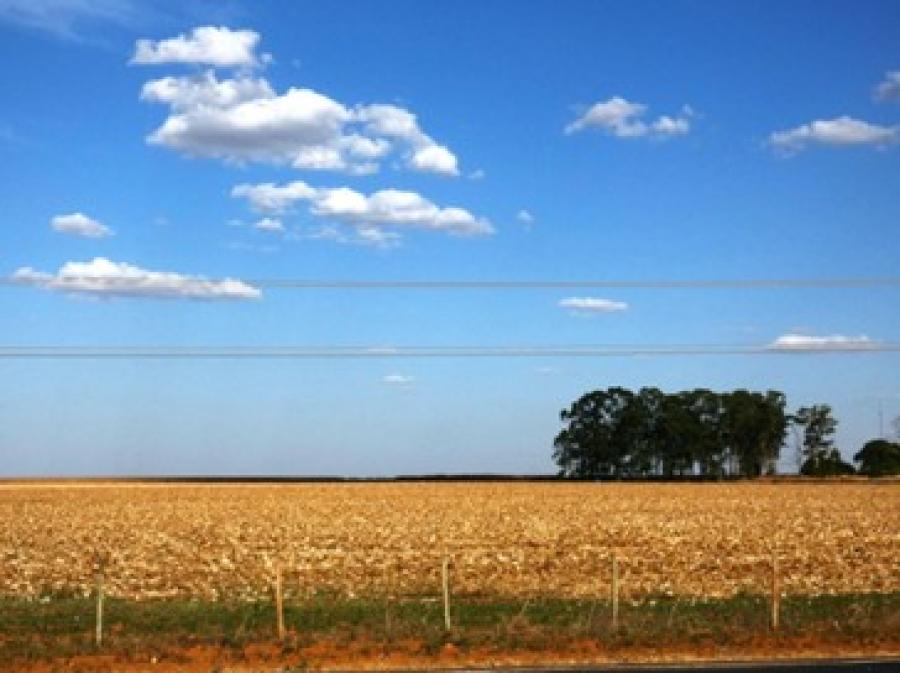Published as part of the Arizona studies in human ecology series, this edited volume is a compilation of current research on the ecological anthropology of indigenous Amazonia. The strength of this collection is its emphasis on the processual, dynamic nature of human ecology. By situating human society within the broadest biospheric context, Indiqenous Peoples & The Future of Amazonia is a valuable counterweight to "utilitarian"models of economic growth. An eclectic mix-including contributions from archaeologists, biological anthropologists, cultural ecologists, ethnoecologists, ethnogrpahers, medical anthropologists and nutritionists - this work evaluates indigenous adaptations to Amazonian environments. The book is divided into three parts: I) environmental variation and human adaptation, II) foraging, nutrition and health, and III) land rights and natural resource management.
Part I of the volume comprises four tightly argued chapters. Betty Megger's essay explores the implications of Amazonian environmental instability on prehistoric Amazonian populations. Robert Carneiro's persuasive contribution focuses on the ecological factors which influenced the emergence of imposing chiefdoms along much of the Amazon. He argues against viewing the region simply in terms of "a single, homogeneous, restrictive environment capable of supporting only small, simple, egalitarian, and autonomous villages" (p. 65). Similarly, Emilio Moran's chapter demonstrates how the traditional aggregation of Amazonia into two primary types - the interior forest (tierrafirme) and the flood-plain (várzea) 0 overlooks the multiplicity of Amazonian ecosystems. Indeed, such a polarizing approach restricts comparison and generalizations. William Balée's chapter examines how indigenous peoples have systematically transformed their environments. Embracing an historical ecology approach, Balée investigates how colonial pressures prompted a number of "farming societies" to change their pattern of subsistence to foraging in the fallow lands of previously existing horticultural societies. As the volume's editor notes, this sort of research has challenged the notion "that the Amazon and other area of supposed wilderness are pristine-unaffected by human use and management" (p. 13).
Part II of the volume begins with Kenneth Good's essay which underscores the importance of foraging and trekkin for the subsistence economy of "traditional" Yanomami populations of Venezuela. Rebecca Holmes' chapter examines whether the Yanomami's populations of Venezuela. Rebecca Holmes' chapter examines whether the Yanomami's small stature is adaptive, and then deftly draws out policy implications from her findings. By paying special attention to the process whereby the Tucanoans of the Colombian Vaupes detoxify cassava, Darna Darna Dufour's chapter evaluates the nutritional implications of bitter cassava use. Carlos Coimbra's essay on epidemiological factors of human adaptation documents the significance of infectious and parasitic diseases for indigenous Amazonia.
Park III consists of four case studies which explore the ecological implications of Amazonian socio-economic "development." Michael Baksh's study demonstrates a decline in the quality of life among Peru's Machiguenga peoples due to a number of factors, including population pressures, transformations in customary patterns of residence base. Allyn MacLean Stearman's chapter assesses a comparable situation among the Yuquí of lowland Bolivia. Cultural contact, market integration and sedentarism have dramatically transformed the Yuquís subsistence economy; they have become increasingly more dependent on cultivated crops and food staples provided by the local mission. Avecita Chicchón's chapter is a detailed study of the utilization of faunal resources among the Chimane, of the Beni Biosphere Reserve of eastern Bolivia. Janet Chernela's insightful piece on the Awá Biosphere Reserve in Colombia and Eduador highlights the political dimensions of human ecology. This line of inquiry is further elaborated in Leslie Sponsel's concluding chapter which explores the world system and indigenous peoples as political actors. Sponsel closes with an impassioned plea for a "new" ecological anthropology; one which focuses "much more attention on the survival, well-being, identity, and self-determination of indigenous peoples as they adapt to the challenges of Western society in the context of political economy, human rights, and sustainable use of the unique tropical forest ecosystems of Amazonia" (p. 282).
The politically nuanced environmentalism of Indigenous Peoples & The Future of Amazonia skillfully exlicates the biotic factors of cultural survival. The need for such research has become especially important in the face of competing "strategies" of development-many of which are wholly unsuitable for the region's prodigious array of overlapping and distinctive micro environments.
This volume is a most welcome addition to our emergent understanding of the political ecology of lowland Sought America. In sum, this work includes some of the best current research on the human ecology of Amazonia. For those complacent about the future of Amazonia and the region's indigenous inhabitants, this book provides a clarion call to action.
Article copyright Cultural Survival, Inc.



